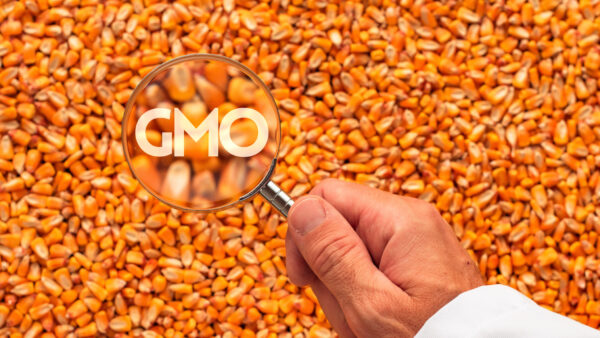Canada’s effective national pandemic response has helped Canada’s food and agriculture industries settle into a relatively stable ‘new normal’ operating environment, despite acute disruptions early in the COVID era, according to a new report from the United States Department of Agriculture.
“Canadian food and agricultural industries appear to have avoided many of the dire predictions made in the spring of 2020, and the largest bilateral agricultural trade relationship is functioning relatively smoothly in spite of the continued border closure,” the report states.
With COVID reaching Canada just before planting season, early concerns centred on possible disruptions of seed, fertilizer and crop protection product delivery. However, as supply chains remained resilient during COVID, planting decisions were not noticeably affected by input availability, it goes on to say.
“Increased demand for flour and pasta during the COVID-era have sustained prices for Canadian hard red spring wheat varieties as well as durum, while lower demand for and production of ethanol has limited corn deliveries and created cash flow challenges for Canadian corn producers. Barley producers have faced similar challenges as beer consumption has fallen further due to disruptions across the foodservice sector during COVID.”
“With COVID reaching Canada just before planting season, early concerns centred on possible disruptions of seed, fertilizer and crop protection product delivery. However, as supply chains remained resilient during COVID, planting decisions were not noticeably affected by input availability, it goes on to say.”
The USDA notes that COVID disrupted logistics operations and transportation facilities in key export markets early on, and COVID drove a prolonged shortage of shipping containers. However, as Canada’s petroleum industry contracted during COVID, less competition for rail service and backlogs from transportation disruptions earlier in the crop year helped to push wheat, flour and wheat product exports through June nearly 25 percent above the three-year average, including monthly record high exports in May 2020.
“Having overcome the same concerns regarding access to crop inputs early in the planting season, COVID has not had as significant an impact on Canada’s oilseeds sector as other factors, including successive years of inadequate precipitation in Manitoba and Saskatchewan. Insufficient moisture in the prairies had been driving soybean area lower even before bulk soybean shipments to China fell off in late 2018 and before COVID-19 depressed demand for cooking oils around the world as foodservice activity contracted,” the USDA found.
Meanwhile canola area planted was down in 2020 on lower prices, uncertain demand, trade uncertainty, and continued agronomic and meteorological challenges. China’s suspension of Canada’s two largest canola handlers’ export licenses since 2019 has had a greater impact on the canola sector than COVID to-date.
For the full report go here.













